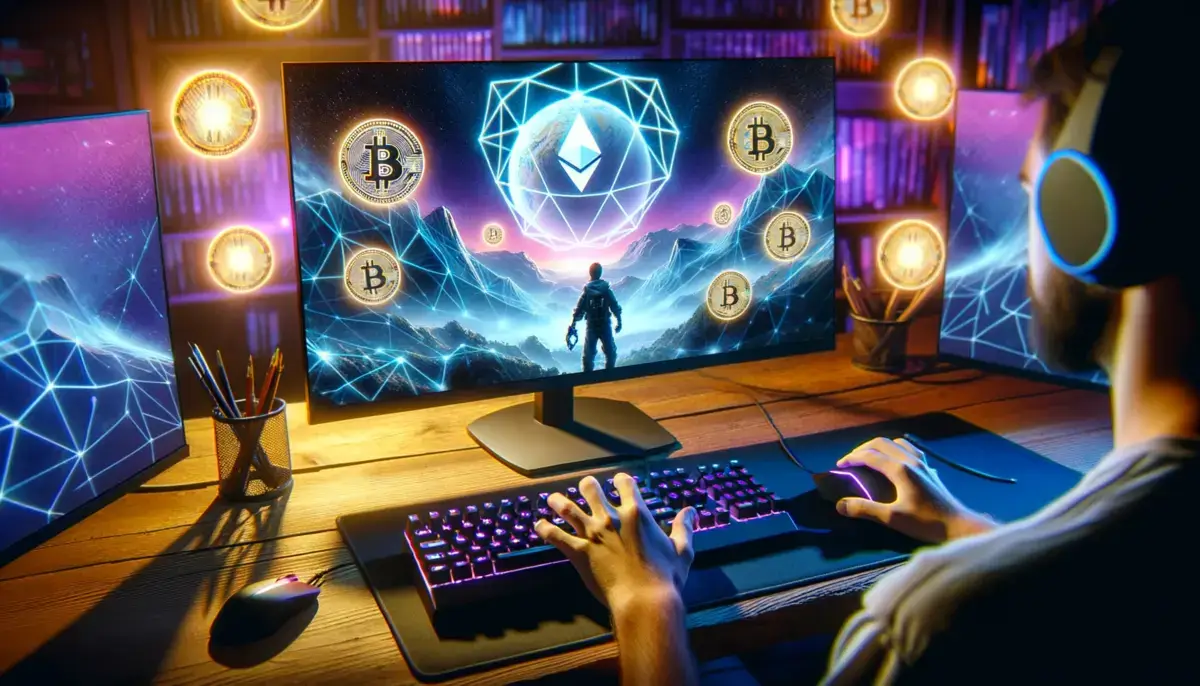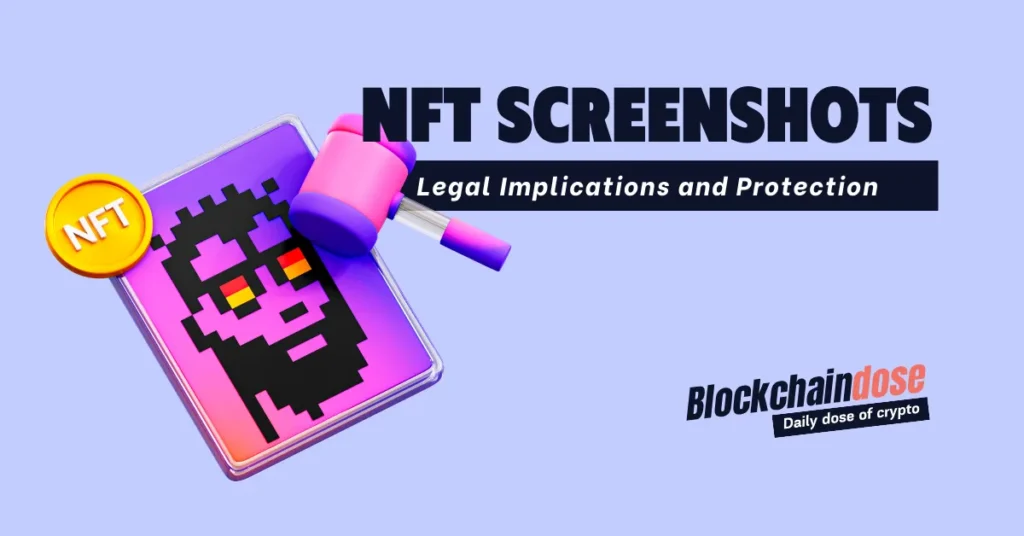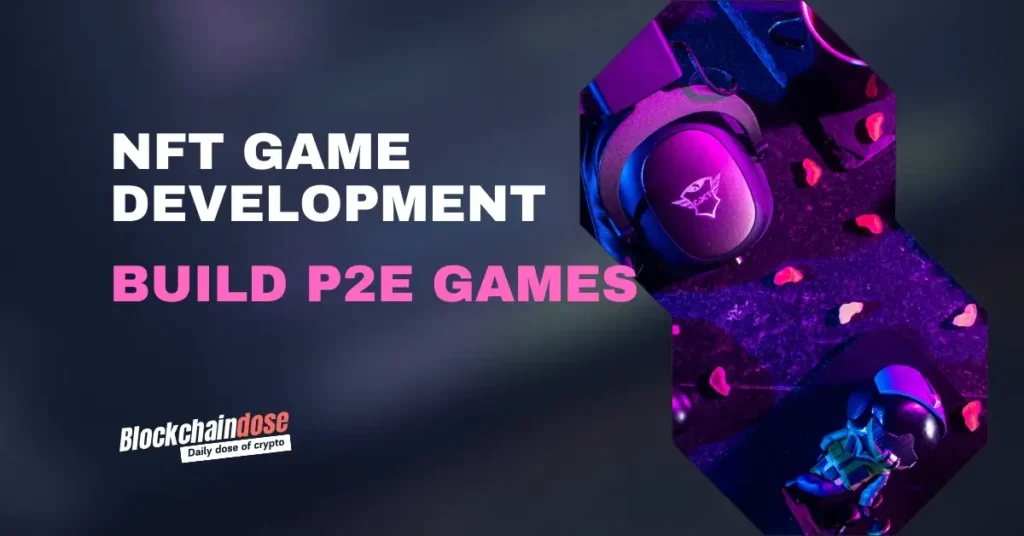Crypto gaming, or blockchain gaming, is quickly transforming the digital entertainment landscape. Between 2020 and 2022, the global blockchain gaming market grew from $385.5 million to $4.6 billion. But what does crypto gaming mean, and why is it so significant?
At its core, crypto gaming combines blockchain technology with video games. This creates a unique environment where players can:
- Own their digital assets: Players have true ownership of in-game items.
- Participate in real-world economies: In-game markets reflect actual economic conditions.
- Turn gaming time into real value: Players can earn tangible rewards through gameplay.
This innovative approach challenges traditional gaming models and opens up exciting possibilities for players and developers.
Key Concepts in Crypto Gaming
Crypto games differ from traditional games in several key aspects:
- Blockchain Integration: Crypto games utilize blockchain technology to provide a decentralized and transparent ledger for all in-game transactions and assets.
- Tokenization: In-game assets are converted into digital tokens on the blockchain, allowing them to be traded, sold, or transferred outside the game itself.
- Non-Fungible Tokens (NFTs): Many crypto games use NFTs to represent unique in-game items, characters, or land parcels.
- Play-to-Earn Model: This innovative approach allows players to earn cryptocurrency or valuable NFTs through gameplay, effectively monetizing their time and skills.
Market Size and Growth
The crypto gaming market has experienced explosive growth in recent years. According to Fortune Business Insights, the global blockchain gaming market is projected to grow from $154.46 billion in 2023 to $614.91 billion by 2030, at a compound annual growth rate (CAGR) of 21.8%. This substantial growth underscores the increasing popularity and potential of crypto gaming.Another report by Technavio forecasts even more aggressive growth, predicting that the global blockchain gaming market will expand by $43.45 billion from 2024 to 2028, with a CAGR of 58.51%. These projections highlight the rapid acceleration of the crypto gaming sector.
The Mechanics: How Crypto Gaming Works
Crypto games operate on blockchain platforms, using smart contracts to manage:
- In-game transactions
- Asset ownership
- Game rules and mechanics
This system allows for:
- Secure trading of digital items
- Verifiable scarcity of assets
- Transparent and fair gameplay
Play-to-Earn: Gaming for More Than Just Fun
The play-to-earn model is changing how players value their gaming time. Here’s what it offers:
- Earn cryptocurrency: Players can make real money through gameplay.
- Acquire and trade NFTs: Valuable in-game items can be earned and exchanged.
- Convert achievements into real value: Gaming successes can yield tangible rewards.
Games like Axie Infinity have shown this model’s potential, particularly in regions with limited job opportunities.
Top Benefits of Crypto Gaming
Crypto gaming offers several advantages:
- True digital ownership: Players own their in-game assets.
- Potential for earnings: Players can monetize their skills.
- Transparent gameplay: Blockchain ensures fair play.
- Community-driven development: Players influence game design.
- Interoperable assets: Use items across various games.
Popular Crypto Games You Should Know
Here are some leading crypto games:
- Axie Infinity: Pokémon-style battles with earning potential.
- Decentraland: A virtual world for buying real estate.
- The Sandbox: Create, play, and monetize voxel assets.
- Gods Unchained: A tactical card game where you own the cards.
- CryptoKitties: The original crypto game that made headlines.
Navigating the Challenges
Despite the excitement, crypto gaming faces challenges:
- Market volatility: Asset values can change rapidly.
- Technical barriers: Blockchain technology can be confusing for newcomers.
- Regulatory uncertainties: Legal status varies by region.
- Environmental concerns: Some blockchain networks consume significant energy.
The Future: What’s Next for Crypto Gaming?
As the industry evolves, we can expect:
- Mainstream adoption: More games will incorporate blockchain elements.
- Enhanced interoperability: Players can use items across multiple games.
- Improved gameplay: Games will become more engaging.
- Sustainable solutions: Development of eco-friendly blockchain technologies.
Integration with the metaverse is another key trend, allowing seamless transitions between virtual spaces and economies.
Investment Opportunities: Beyond Playing the Game
Crypto gaming is also attracting investors. In 2021, blockchain games raised $4.1 billion, and $2.5 billion was raised in the first quarter of 2022.
Investment options include:
- Purchasing in-game assets: Buy valuable items.
- Investing in platform tokens: Invest in tokens associated with gaming platforms.
- Funding game development: Support the creation of new crypto games.
Regional Trends in Crypto Gaming
The Asia Pacific region leads in crypto gaming:
- Gamers: 22.6 million gamers in Asia Pacific held cryptocurrency in 2020.
- Revenue: The region generates 49% of crypto gaming revenue.
- Growth contribution: Expected to contribute 37% to global market growth.
North America follows with 25% of crypto gaming revenue, indicating this trend is global.
Platform and Genre Preferences
Mobile games are the most popular in crypto gaming, generating 40% of overall revenue. Console games follow with 28%. Notably, over 50% of top-grossing blockchain games are categorized as decentralized finance (DeFi) games, emphasizing the connection between gaming and finance.
The Social Revolution of Crypto Gaming
Crypto games create social ecosystems:
- Player-run guilds: Communities form around shared interests.
- In-game economies: These mirror real-world interactions.
- Community-driven content: Players contribute to game development.
This social aspect enhances the gaming experience, fostering vibrant digital communities.
Tokenomics: The Backbone of Crypto Gaming
Understanding tokenomics is crucial:
- Token supply: How tokens are distributed.
- Economic models: Inflationary vs. deflationary systems.
- Value mechanisms: How the game maintains its economy.
Good tokenomics can enhance a game’s playability and economic stability.
The Future is Here: Are You Ready to Play?
Crypto gaming is more than a trend; it’s changing how we view digital entertainment. With over 1.5 million monthly active users and projections of a market size reaching $614.91 billion by 2030, the growth potential is immense.
Whether you’re a player, investor, or developer, crypto gaming offers exciting opportunities. However, it also comes with risks. Staying informed and adaptable will be key to thriving in this evolving landscape. With higher retention rates than traditional games and a significant percentage of users owning NFTs, it’s clear that crypto gaming is a transformative force in digital entertainment.




